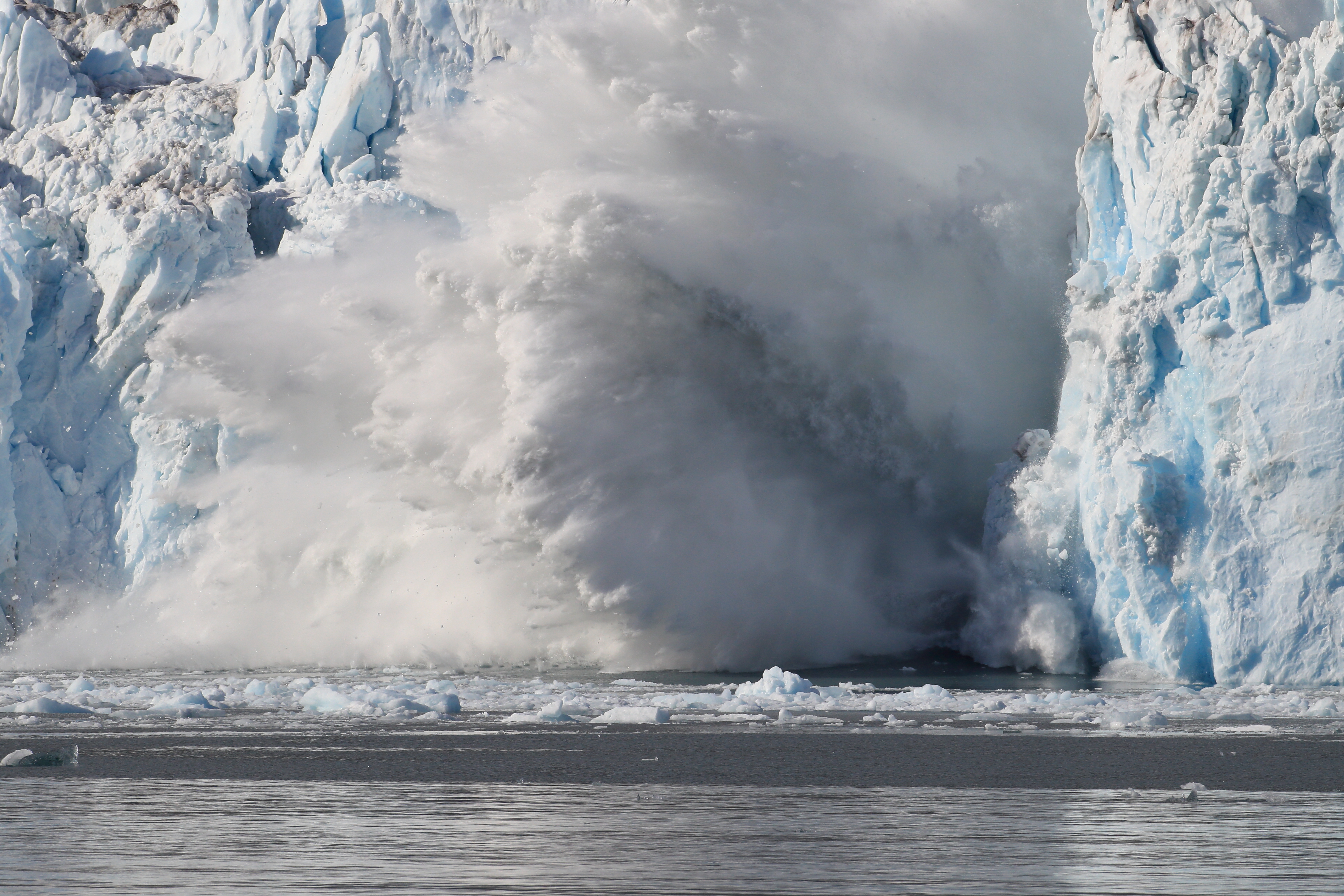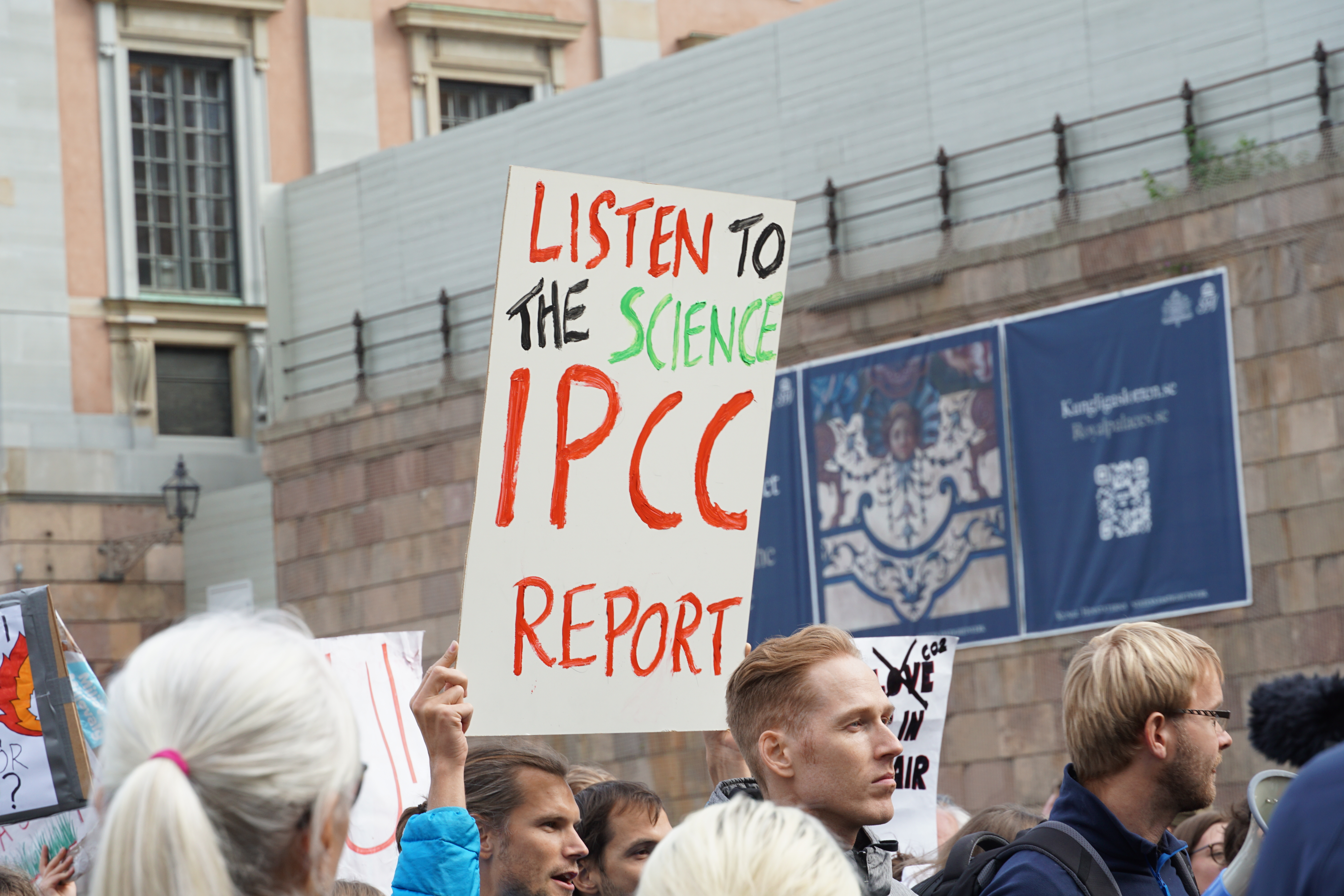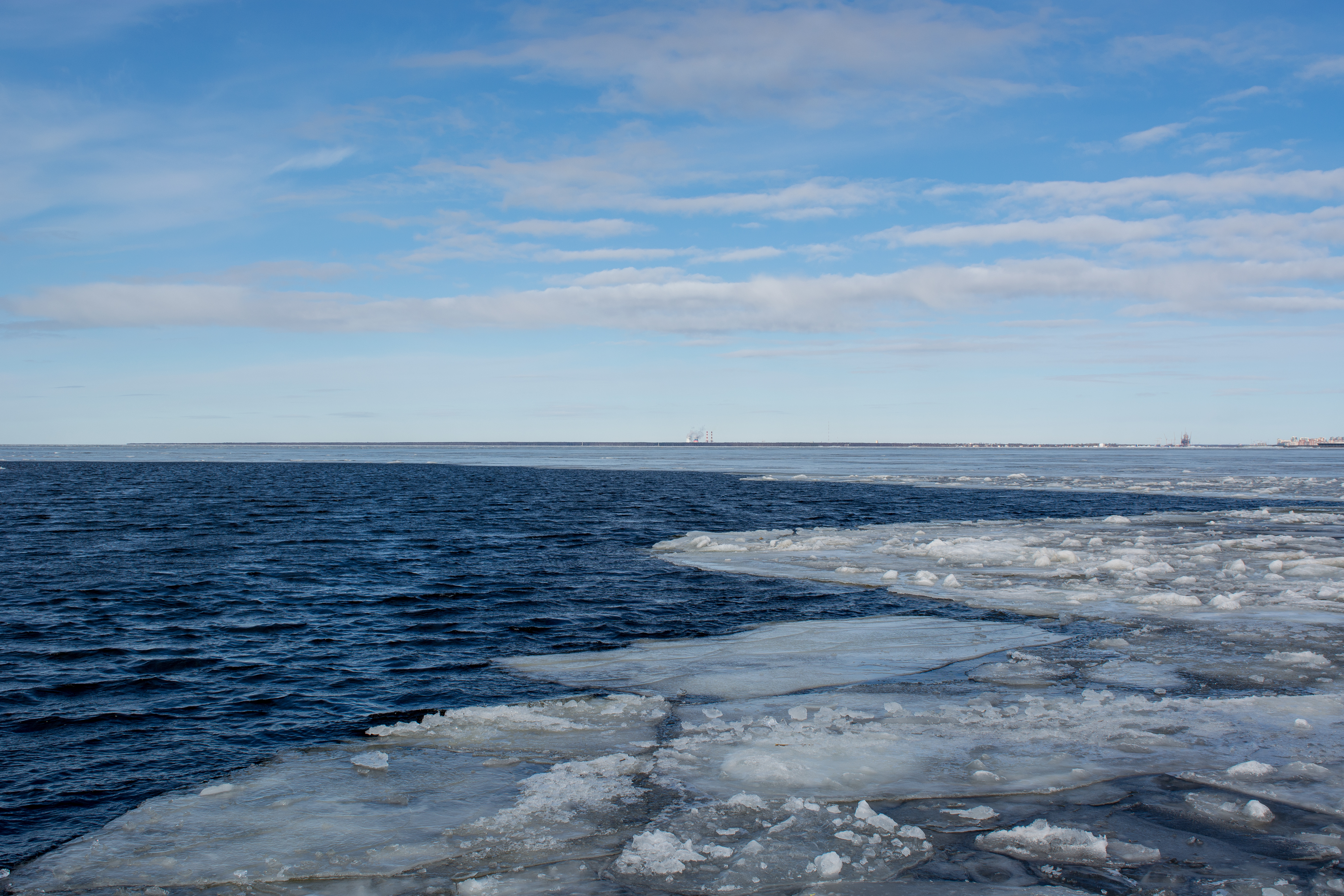Probably the biggest argument in my field at the moment is around Antarctica and a particular idea called marine ice cliff instability. Antarctica is a vast ice sheet. And the western part of it is a marine ice sheet. It lies on bedrock that is underwater. For many decades, it has been thought that this is inherently unstable; since the underneath of the ice sheet is exposed to the ocean, this could lead to a self-sustaining retreat of the ice sheet. If a part of the ice sheet is underwater, and the bedrock is sloping downwards inland, that particular set-up could cause the loss of the ice to speed up and increase. And that would be difficult to stop.
But around 2015, a couple of scientists, Dave Pollard and Rob DeConto, proposed the idea of a new kind of instability, which is called marine ice cliff instability. Now, instability is bad if you’re talking about an ice sheet. So, the original ice sheet instability that was proposed 50 years ago is already worrying. It’s something that could lead to self-sustaining ice losses in the future. Even if we limited climate change or cooled the climate down, the West Antarctic ice sheet could potentially collapse over hundreds or thousands of years, and that would be enough to change coastlines around the world.


